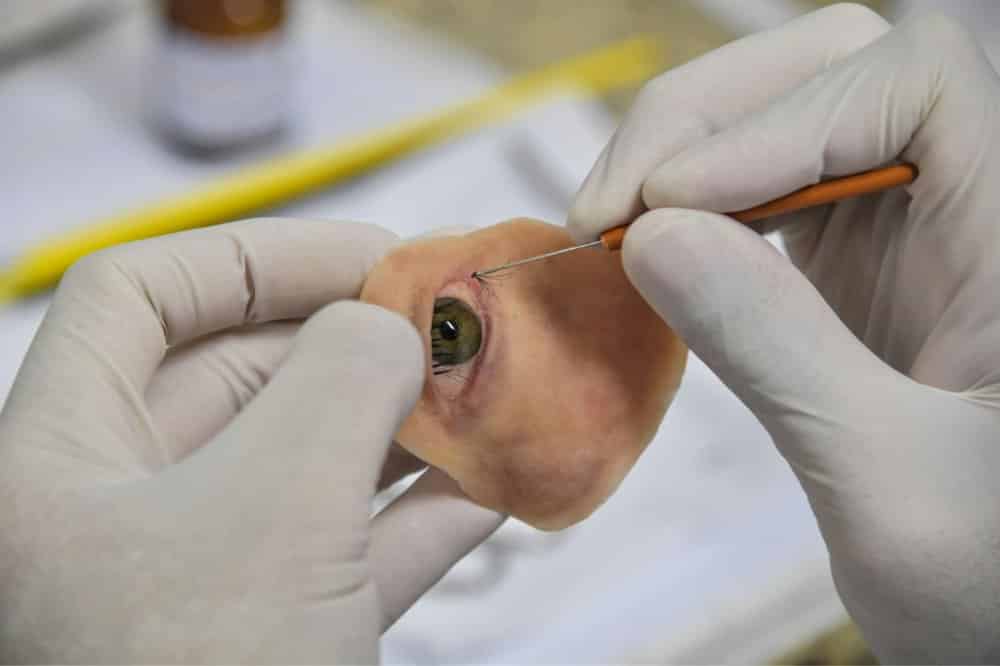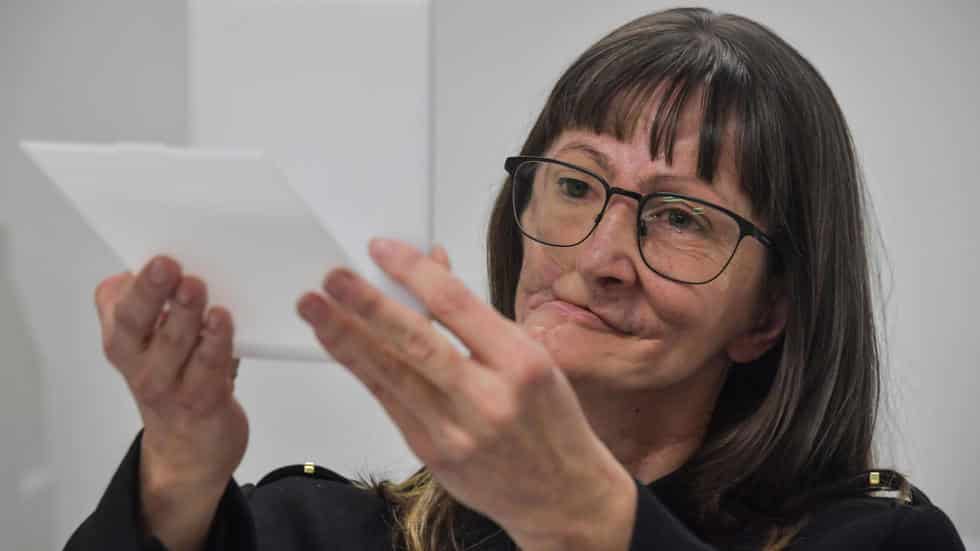Brazilian cancer survivor Denise Vicentin has lost part of his right eye and chin and has accepted facial prostheses developed using 3D printed prototypes.
Researchers at the Paulista University (UNIP) in Sao Paulo, Brazil, implemented the method, which was published in the Journal of Otorhinolaryngology-Journal of Head and Neck Surgery, which uses a smartphone to capture digital facial impressions of patients with maxillofacial defects. This data will then be used to create cost-effective additively manufactured facial prostheses.
“In the past, it took much longer work, hours of sculpting by hand, and the process was very invasive, with material on the patient’s face to get an imprint of their appearance,” explained Rodrigo Salazar, the lead researcher, and UNIP Postgraduate Dental School.
The maxillofacial 3D printed prosthesis
Vicentin, 53, was diagnosed with a facial tumor 30 years ago. Then it was taken out twice, but returned in a malignant form 20 years later. Due to previous treatment, she had difficulty eating and spoke speech. In 2018, Luciano Dib, head of research and UNIP Graduate Dental School, began to develop prosthetic methods after seeing 3D printing in shopping malls.
Shortly thereafter, Dib began working with Vicentin to produce personalized prostheses. Therefore, she underwent several surgeries to strengthen the facial tissue. Dib then implanted a titanium rod into her eye socket to fix the prosthesis. The researchers took 15 photos of Visteen’s face from different angles, which were used to make 3D models.
A 3D printed prototype prosthesis was then used to create the final device within 12 hours, which was made of silicone, resin and synthetic fibers. Then color it to match Vicentin’s skin and eye color.

Treating facial defects with additive manufacturing technology
After the success of the Vicentin prosthesis, Dib and Salazar plan to open a facial prosthesis rehabilitation center by UNIP in 2021. As the researchers said, using traditional techniques to make a prosthesis for Vicentin will involve equipment costs, up to $500,000. Their method requires a computer and a smartphone.
Elsewhere, the company is also promoting the integration of additively manufactured maxillofacial implants and prostheses. Previously, Latvian 3D software company, Guang, obtained the CE mark for its software, which can help users quickly iterate 3D printed prostheses in new sizes. In addition, the Quebec Industrial Research Center (CRIQ) installed the GE Additive Arcam Electron Beam Melting (EBM) Q10 Plus machine in its facility to expedite the development of patient-specific mandibular implants.
The UNIP study, “Monoscopic photogrammetry to obtain 3D models by a mobile device: a method for making facial prostheses” is co-authored by Rodrigo Salazar-Gamarra, Rosemary Seelaus, Jorge Vicente Lopes da Silva, Airton Moreira da Silva, and Luciano Lauria Dib.

